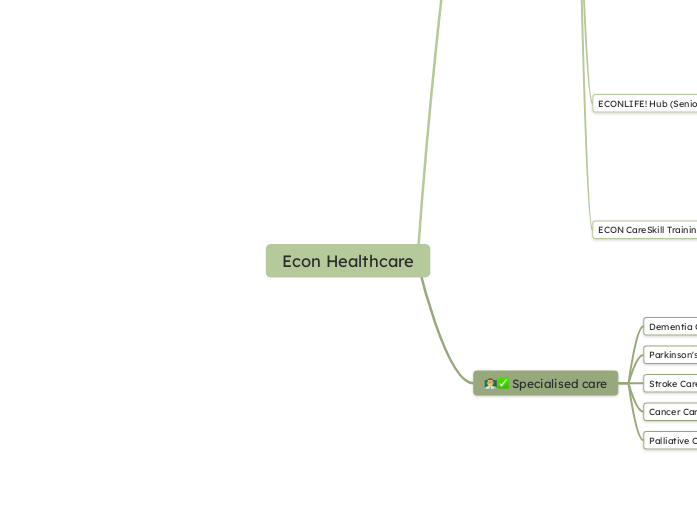por Allison Blocka` 5 anos atrás
461
NS408 Allison Concept Map
Individuals requiring home care often need assistance with daily activities such as bathing, dressing, and wound management. For those who have undergone procedures like a below-knee amputation, specialized support becomes crucial.









